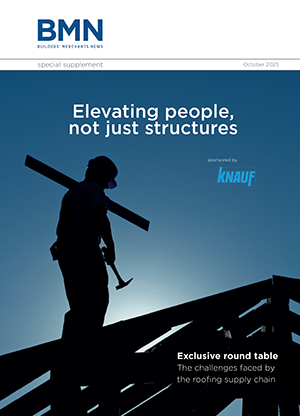When Scotland voted to stay with the UK last September, the result not only bolstered a sense of national unity but also gave an additional boost to the national currency, with the pound soaring to its highest levels since 2008.
The powerful pound was an outcome of the UK’s own unexpectedly robust economic recovery, which at the time was performing as the fastest growing nation in the G7, outpacing even the US.
The strong pound in 2014 gave consumers a boost and offered importers an opportunity to buy competitively and pass savings on to retail customers and the end users whose demand for products was in turn helping drive the recovery.
However, since the new year, the pound has weakened against other currencies. GDP figures released in April show that for the first three months of 2015, the UK’s economic growth halved to only 0.3% and is now growing at the slowest rate since the end of 2012.
Coupled with a warning from The International Monetary Fund that sterling was “overvalued” by as much as 10%, there has been an inevitable weakening of the pound against the US Dollar. The weakening pound could add further issues for UK plc as nearly half of the UK’s GDP comes from foreign trade, exposing Britain to fluctuations in foreign currencies.
So what’s the impact for the fixing and fastener industry in the UK? As the trading currency in Taiwan - where the majority of the products are manufactured - is US Dollars, there has been an increase in costs of around 10% for manufacturers and importers of fixing and fastening products.
This challenge is further compounded following recent issues with Taiwan’s plating plants, which have been restricted from processing products until they comply with new environmental legislation. This impact has, according to the Taiwan Industrial Fastener Institute, led to a drop of 25% in Taiwan’s total output and subsequently higher prices for products.
Although the issues in Taiwan are nothing new, end users have been largely protected from price increases as manufacturers and importers have been able to absorb the difference due to the strong exchange rates. As the exchange rates are now weaker there is potential for costs to rise, with an increased impact on manufacturers, importers and subsequently end users.
The strain on the supply chain is likely to continue, with a recent Euroconstruct report suggesting the UK will see an average growth of 1.8% a year to 2016, mainly fuelled by new residential buildings, while a separate report suggests that the US construction sector is due to grow by 9% in 2015 to $612bn. These figures are likely to create an additional demand for products and inevitable price rises.
At TIMco we’ve extended our warehousing capacity by 20% in order to hold more stock to offer a consistent supply of quality products to our customers. Holding greater stock levels will also help balance price fluctuations over the short term and allow us to plan effectively when potentially having to communicate price rises to our customers.
Despite this, it’s not all doom and gloom. The economy looks set to continue to grow, with positive signs continuing to show in the housebuilding and construction sectors. Additionally, some economists are predicting that the pound will recover and stay strong in time to come, but until then we may start to see pressure on prices.
Simon Midwood is managing director of TIMco.








